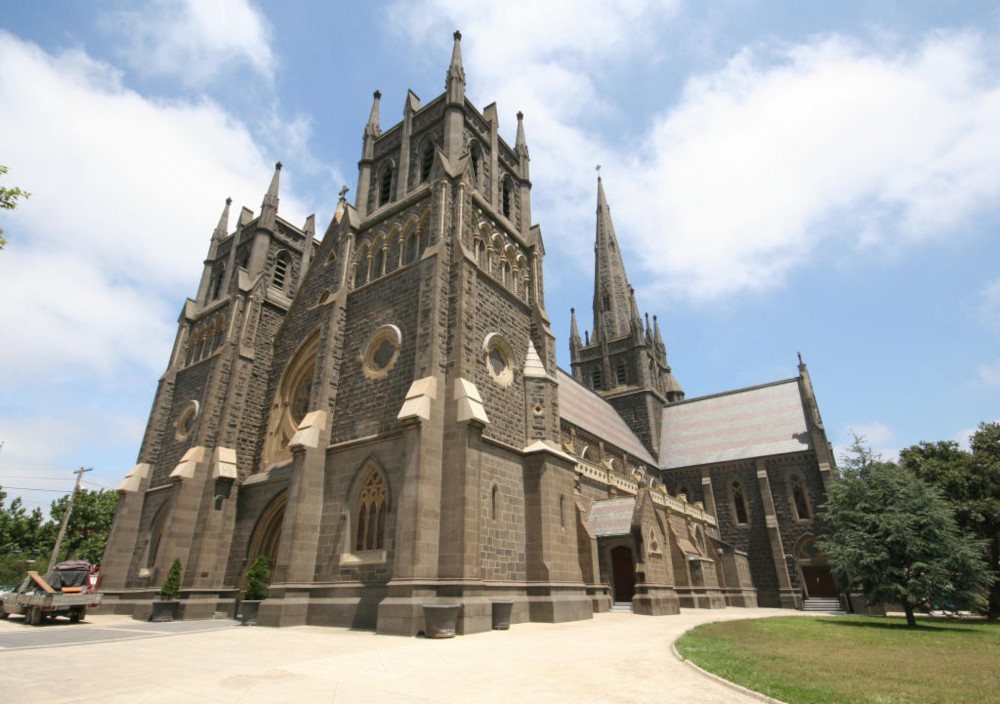A survey of the last census by the Christian Research Association (CRA) has uncovered hundreds of pages of facts. But, in this story, we simply highlight the stuff that caught our eye.
(The CRA report is called Australia’s Religious and Non-Religious Profiles: Analysis of the 2021 Census Data, compied by Phillip Hughes, and can be purchased at https://cra.org.au)
Presbyterians often live alone, with 15.5 per cent of them in lone person housholds compared to the national average of 9.3. In census terms they peaked in 1911, but todays Presbyterians have a high monthly attendence rate at services of 52%, with 18-34 years olds attending at a rate of 77 per cent. They are a committed group.
Pentecostals are the only group undersetimated in the census says Hughes. They doubled in number through the eighties, maintaining a growth rate of thirty percent in the 90s. But the census showed a small decline 0f 2%between 2016 and 2021. Queensland (1.4%) is the strongest state, but despite high profile churches, NSW (0.9%) is one of their weakest states.
Pentescostals attend church, 72% at least once a month. Pentecostals are the denomination most likely to have members borns overseas, at 36%. that’s higher than the general population at 28%.
Baptists have benefited from immigration, which has kept their numbers growing with 347,000 counted in 2021. Like Pentecostals they have more members forn overseas 935%0 than the general population (28%) North east asia (99%) and South east asia (10%) provide a lot of Baptists. These recent arrivals contribute to the baptist age profile doing slighly better than the australian averages.
In 2021 2132 Baptist pastors were recorded in the census, up from 1876 in 2011.
Anglicans: 26 per cent of those who identified as Anglican in 2006 had moved to no religion by 2016, but others moved in. In 2016 8 per cent of Anglicans had moved from other denominations since 2006.
The strenth of anglicanism varies consideraby by state which may reflect a combination theological variation and history. Tasmania has 14 per cent, NSW 12 down to SA and victoria at 7 per cent. in 2011 Anglicans had more ministers than any other denominations, but in 2021 they run second to Pentecostals.
Brethren. The brethren have an unusal history with a poplulation peak in 1971 of 24,000. they have an extremely low University education rate of 4 per cent, which would be influnced by the exclusive brethren view of higher education. Hughes reports that there may be an undercount of 10,000 with some branches of the exclusiove brethren refusing to take part in the Census.
Catholics now number about a fifth of all Australians with the church shrinking to the size it was in 2001 despite immigration. About 26 per cent of these attend church monthly or more. migration places catholics in the lrage cities of Sydney (23 per cent fo the population) folloowed by melboune (21 per cent . 1595 catholoics declared their job to be care of other Catholics, as Priests nuns and other jobs.
Christians: you can’t identify as just plain “Christian” on the census form, you have to write it in. Increasing numbers of people are doing that, 688,000 in 2021. That is 2.7 per cent of the General population, outpacing all but the Catholics and anglicans. But those making the effort to “write in” Christianity are much less likely to be nominals. Hughes points out that some churches will suggest their attendees identify as “Christian” in the census for theological reasons, and there are some types of churches, for example house or micro churches that are not mentioned in the census denominational list.
Lutherans‘ census population was stable at 250,000 from 1991 to 2001 but the graph has tilted down since with 174,000 in 2016 and 146,000 in 2021. The age profile of the Lutheran Church with almost half over 55 years old compared to the general population (30 per cent) means that without revival the church will decline.
When the Uniting Church formed in 1977 it inherited 60 years of downward census trajectory for the Methodists, Presbyterian and Congregational churches. As the new church gained in name recognition its census numbers did grow, peaking in 1991 with 1,387,000 census supporters and 7.9 per cent of the general population. In 2021 673,000 people ticked their box, 2.7 per cent of the population.
The headline about Christianity from the census is that we form a declining proportion of the Australian population. But the absolute numbers of Christians in Australia is more stable, though declining (and the rate of decline is increasing) 12,582,764 in 1996, 12,201,600 in 2016, 11,148,814 in 2021.

